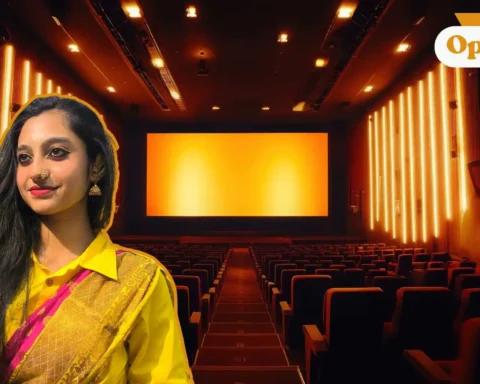Every year, the first Monday of May transforms New York City’s Metropolitan Museum of Art into the pinnacle of high fashion, where the world’s most influential celebrities, designers, and billionaires gather for the Met Gala. What began as a fundraiser for the museum’s Costume Institute has evolved into a cultural spectacle, reinforcing the dominance of luxury consumerism. While the event celebrates creativity and art in fashion, it also perpetuates the exclusivity of wealth, reinforcing an unattainable standard of opulence that fuels consumer culture.
Wikipedia gives the definition of consumerism as a social and economic order in which the aspirations of many individuals include the acquisition of goods and services beyond those necessary for survival or traditional displays of status. Through the Met Gala, the extremely luxurious clothes on the red carpet become true symbols of such consumerism.
Increasingly, the Met Gala is being called the Hunger Games. The dystopian fictional world of the Hunger Games, with its Capitol and its abuse of power, one of the symbols of which is fashion, is the modern Met Gala. While the Capitol lavishes on its glory, completely ignorant of the plight of its several districts, the privileged so-called “influencers” flaunt their money through the fabric while people in other parts of the world are dying in wars, genocides, or due to hunger and other social and economic conditions.

The Met Gala is more than just a social gathering—it is a meticulously curated marketing event. Brands and designers use the red carpet as a platform to showcase their most extravagant creations, leveraging celebrity endorsements to generate hype. When a high-profile figure like Rihanna or Zendaya steps onto the red carpet in a designer gown, it immediately becomes a global conversation piece. The media frenzy surrounding these looks is not accidental—it is a carefully orchestrated spectacle that feeds into the cycle of luxury consumerism.
While only a select few can attend the Met Gala, the event creates the illusion that luxury fashion is within reach of the general public. Social media plays a crucial role in this perception. Millions of people engage with Met Gala content, from live streams and interviews to behind-the-scenes footage, making them feel involved in an otherwise inaccessible world. This carefully crafted narrative fuels consumer desire, encouraging people to spend on luxury products—whether it’s a designer fragrance, accessories, or ready-to-wear collections that mimic the grandeur of the red carpet.
Brands capitalize on this phenomenon by releasing “inspired” collections or collaborations that offer a watered-down version of Met Gala extravagance. Fast fashion retailers quickly produce knockoffs of the most talked-about looks, feeding into the endless cycle of consumption. The irony is that while the Met Gala celebrates high fashion, it also indirectly supports mass production and overconsumption—two forces that contradict the craftsmanship and sustainability often associated with luxury.
The Met Gala’s focus on opulence raises questions about the ethical implications of such excess. In an era where conversations around sustainability and wealth inequality are more pressing than ever, the display of extreme luxury can feel tone-deaf. While some designers attempt to incorporate sustainability into their creations—such as upcycled fabrics or repurposed couture—the event itself is still rooted in an industry that thrives on exclusivity and waste.
The Met Gala is unlikely to abandon its roots in luxury consumerism, but it does have the potential to evolve. A shift towards more meaningful representation—whether through promoting sustainable fashion, supporting emerging designers, or making the event more inclusive—could help redefine its role in the industry. The event could also highlight issues such as ethical labor practices in fashion rather than solely glorifying extravagance.
Ultimately, the Met Gala remains a double-edged sword. It is a celebration of artistry and craftsmanship, but it is also a tool for reinforcing the exclusivity and materialism that drive luxury consumerism.

Let us know your thoughts in the comment section below. If you have any burning opinions or ideas to share, feel free to contact us at larra@globalindiannetwork.com.









